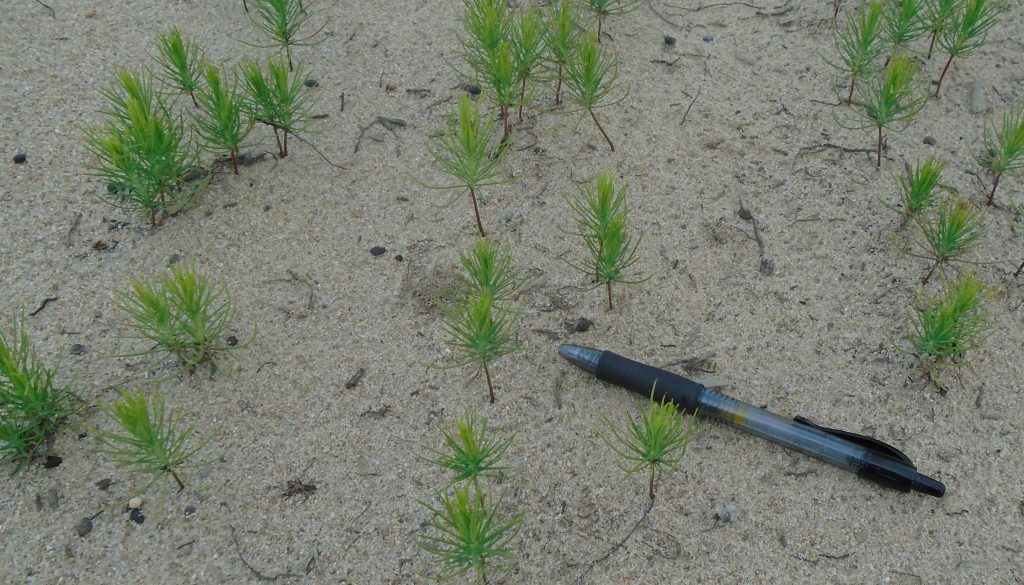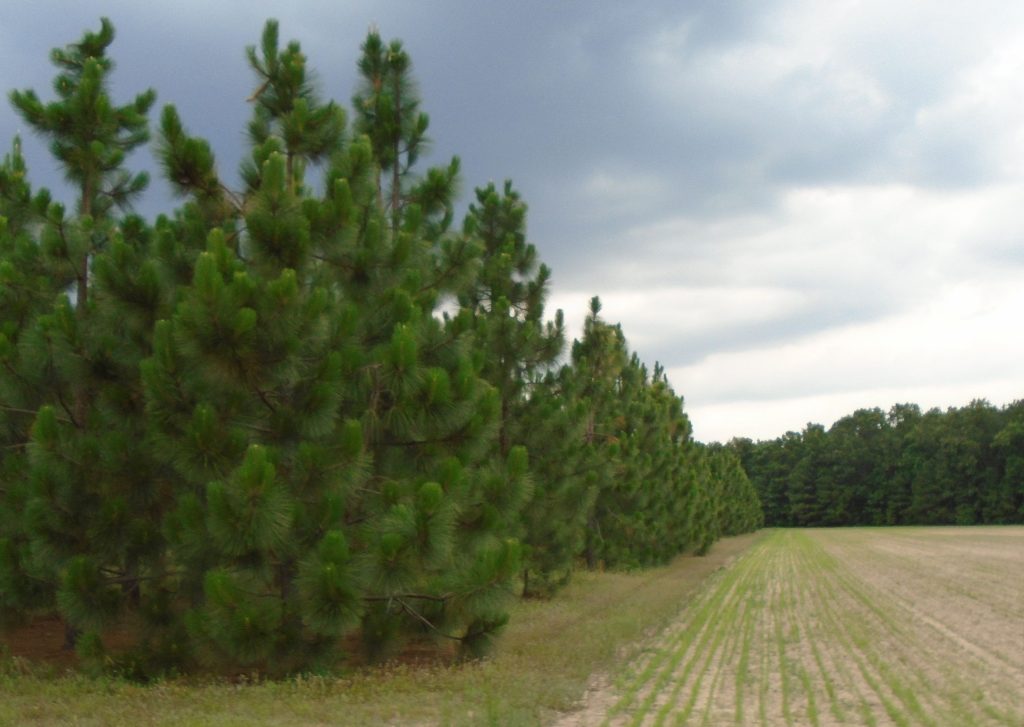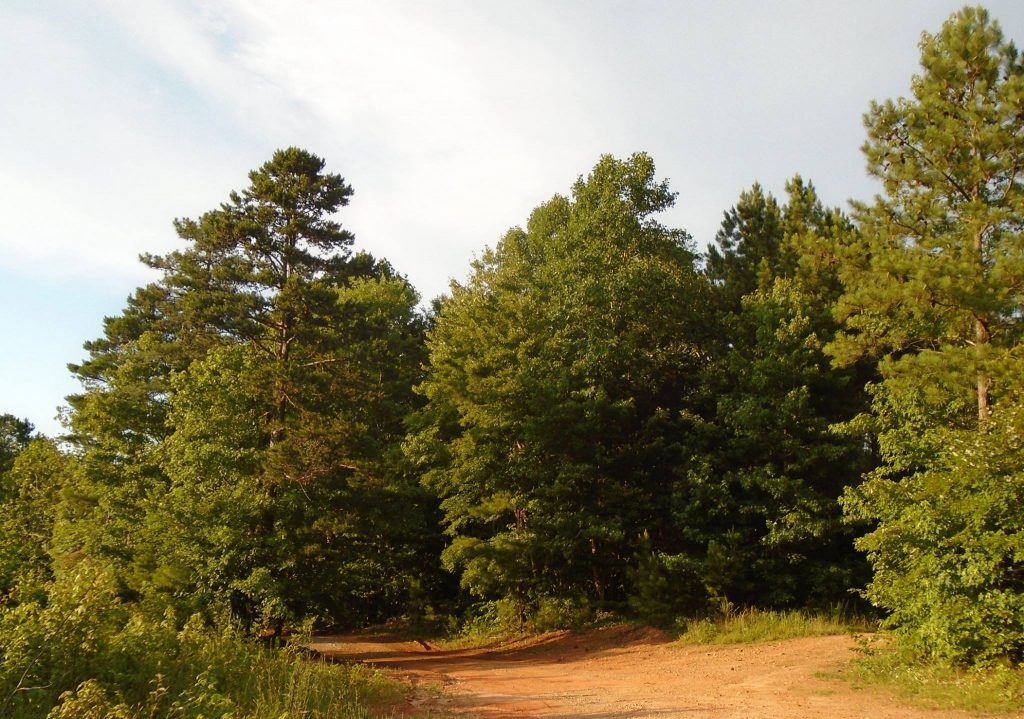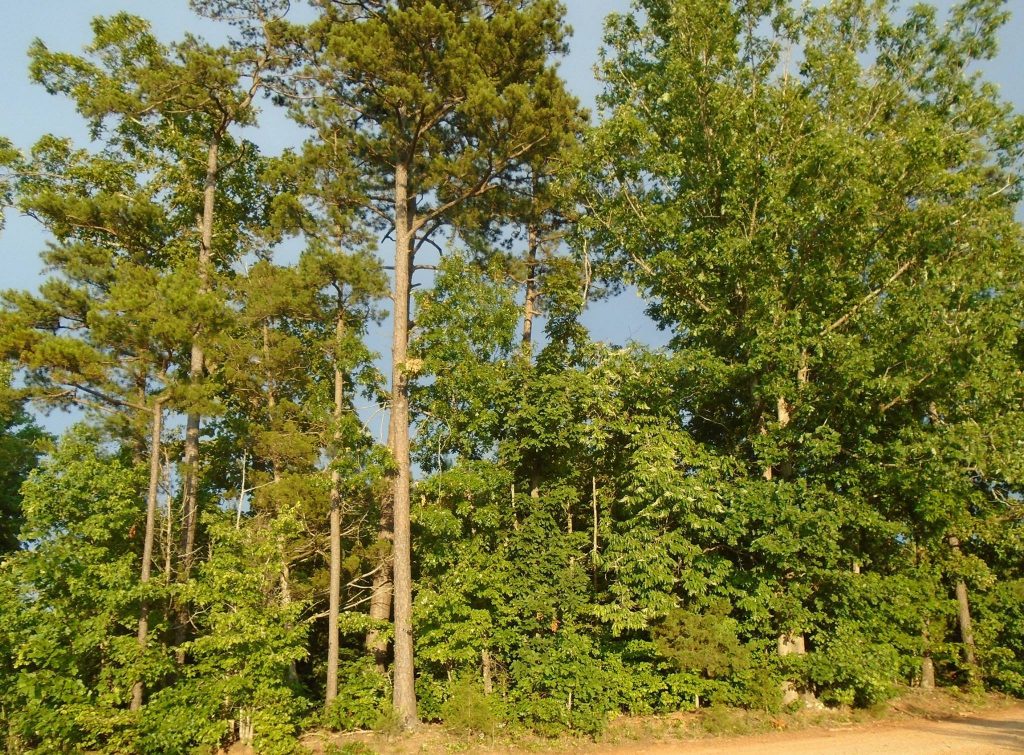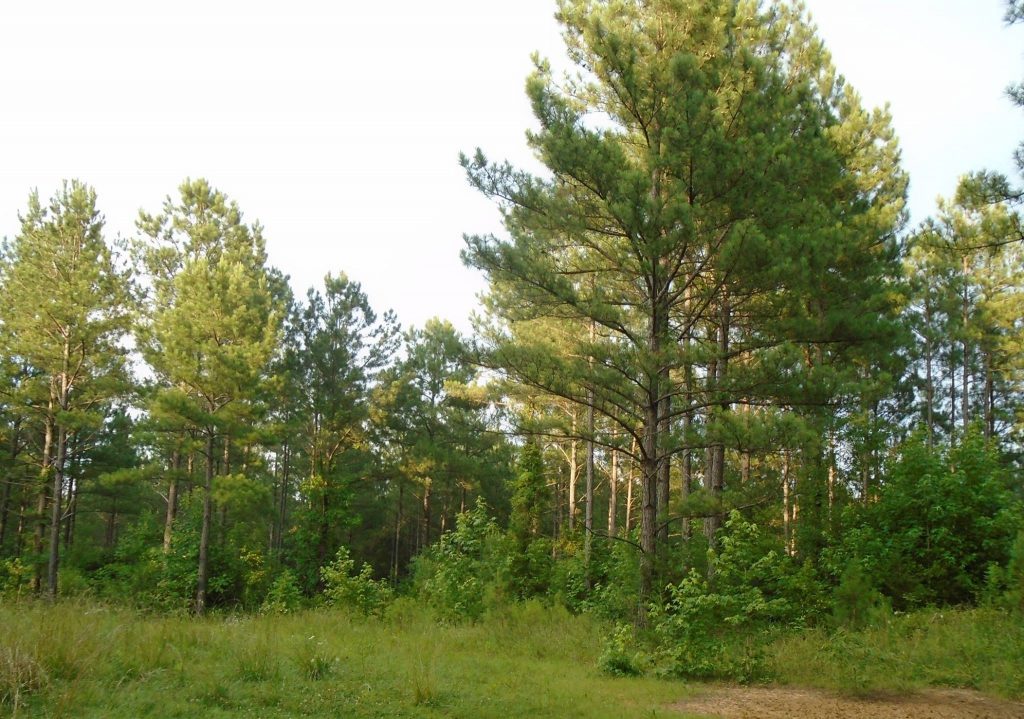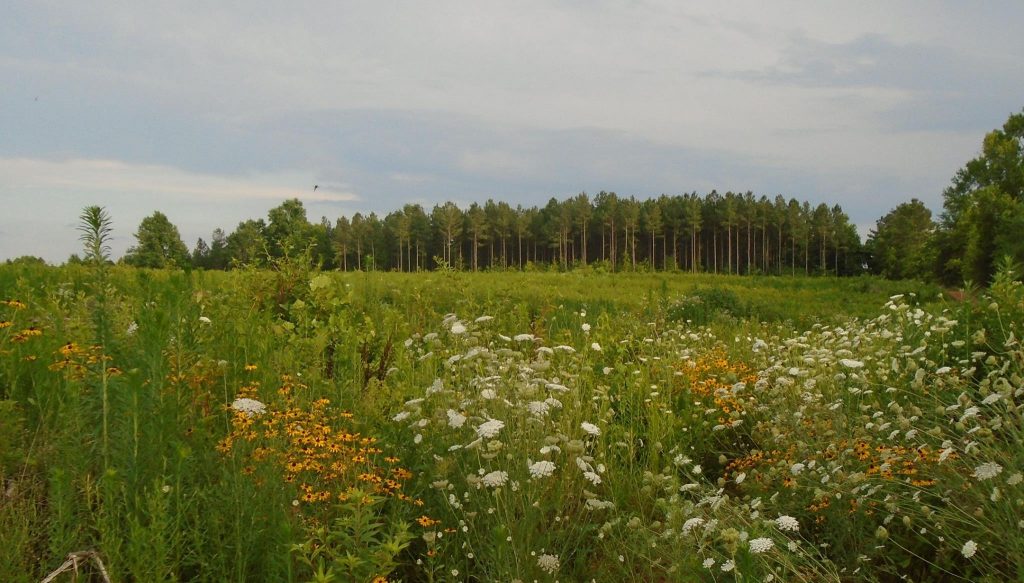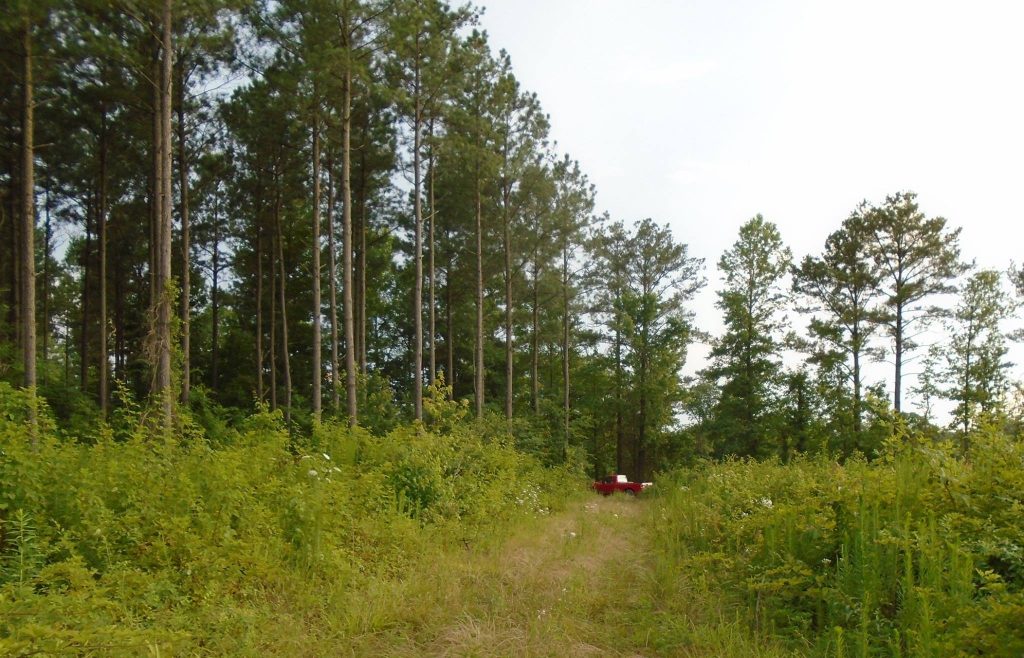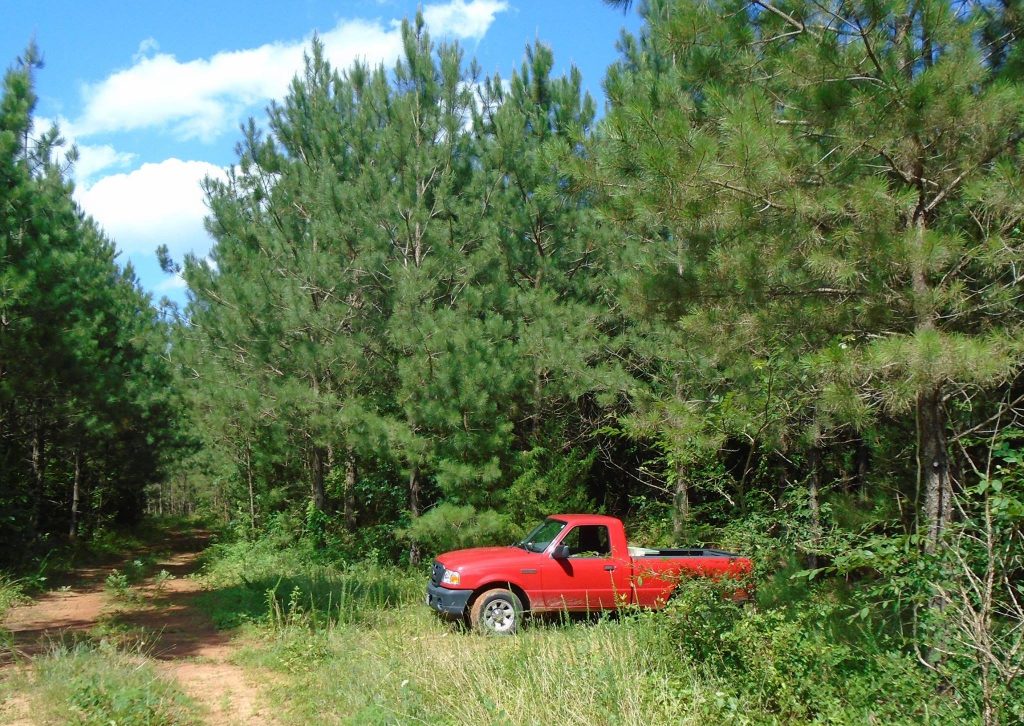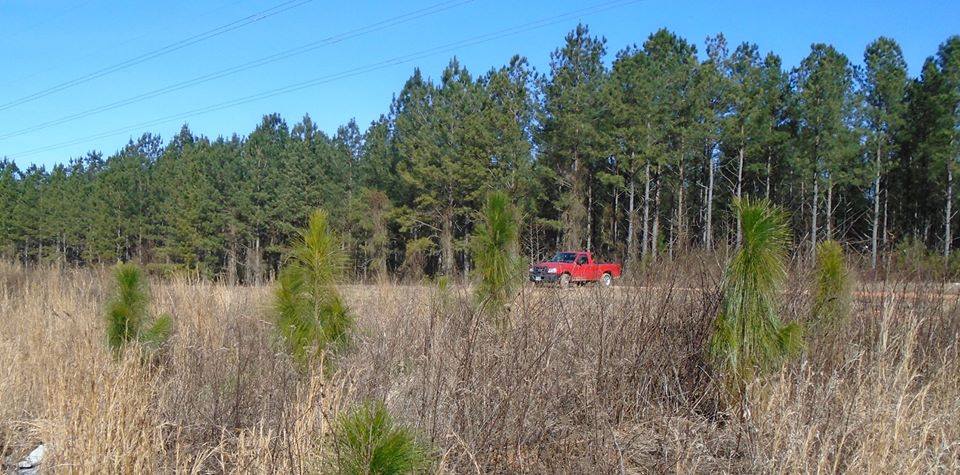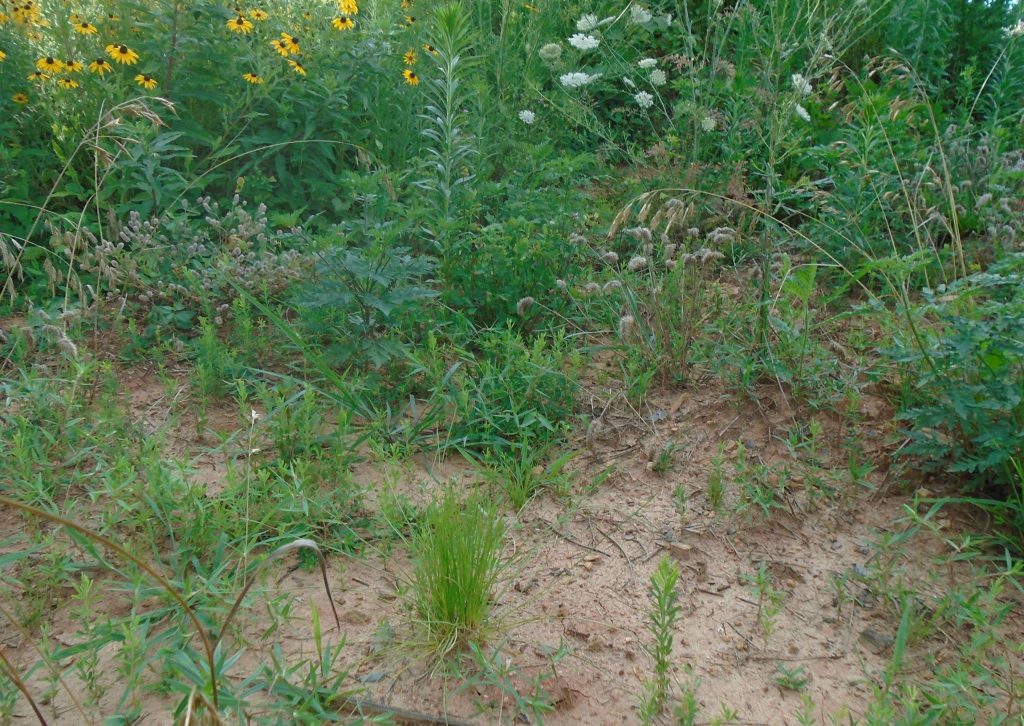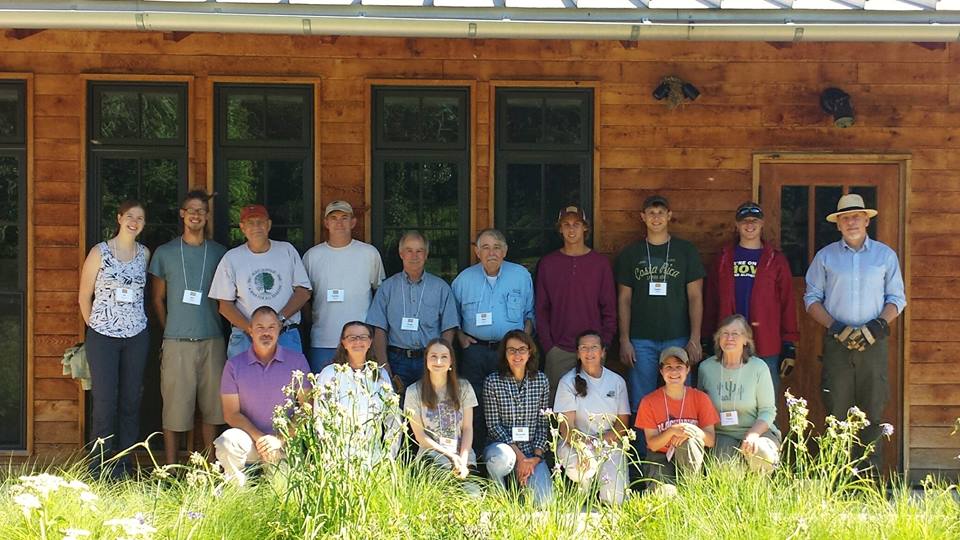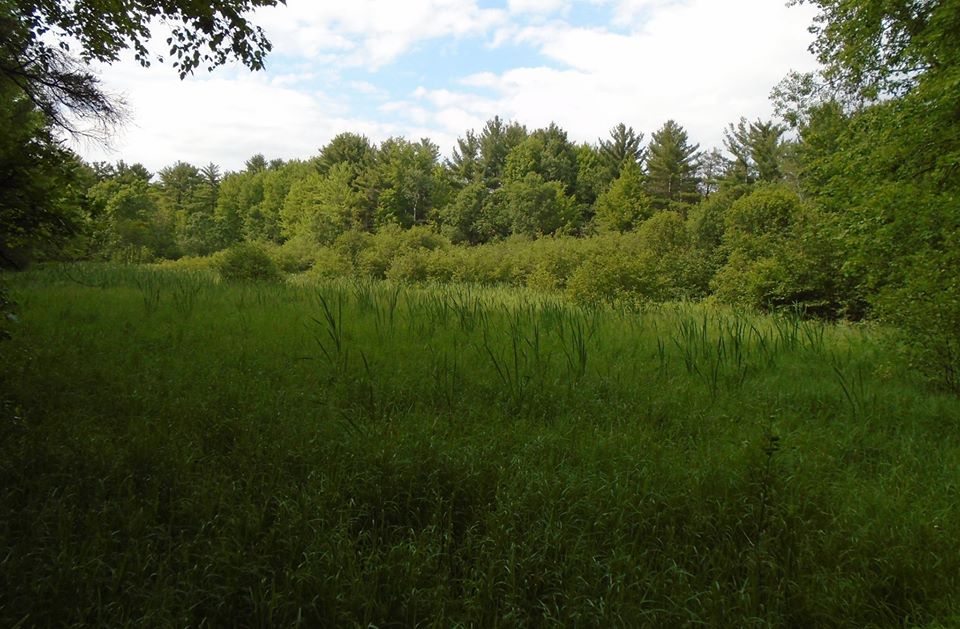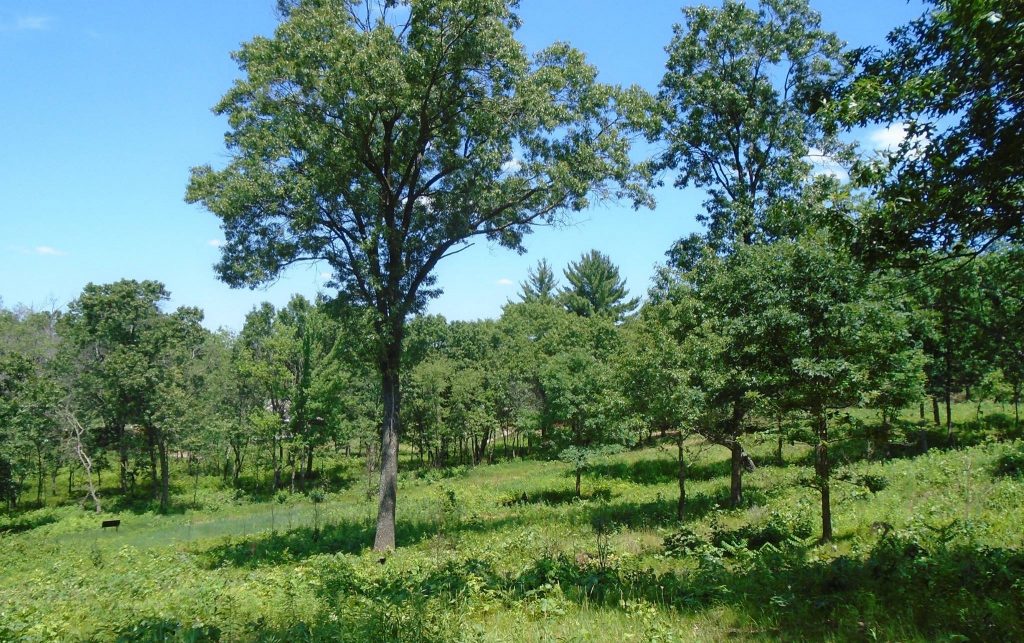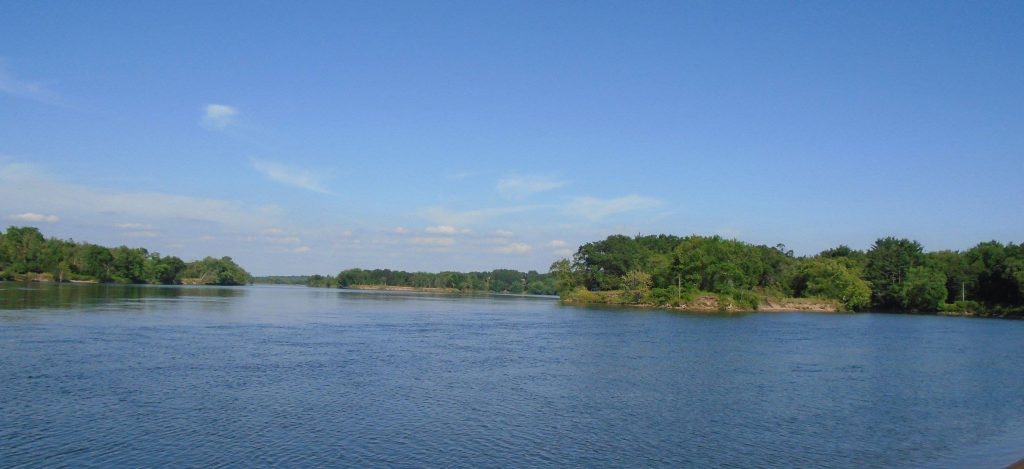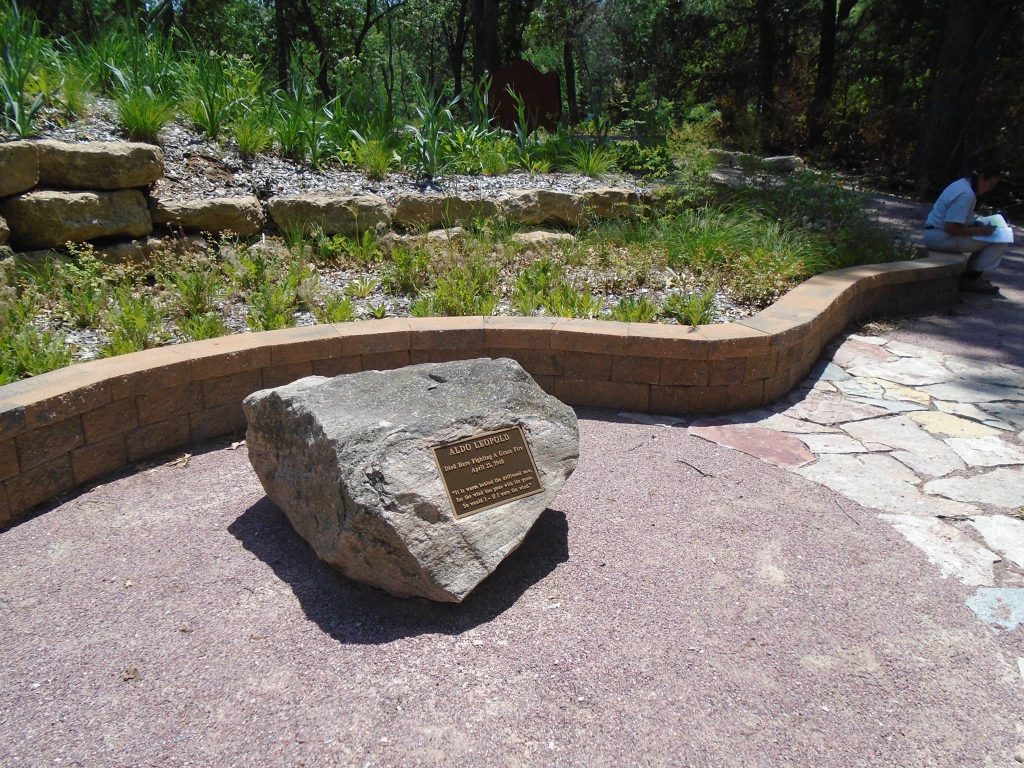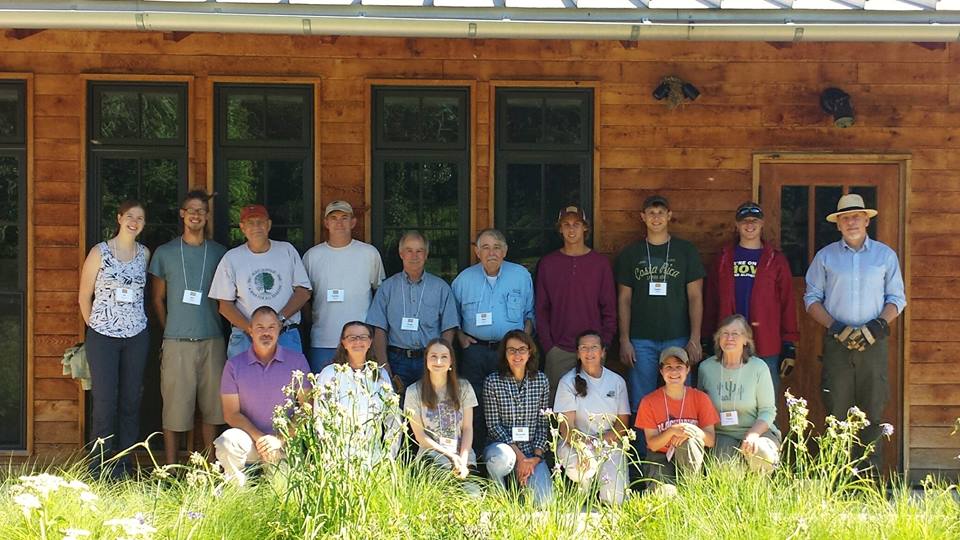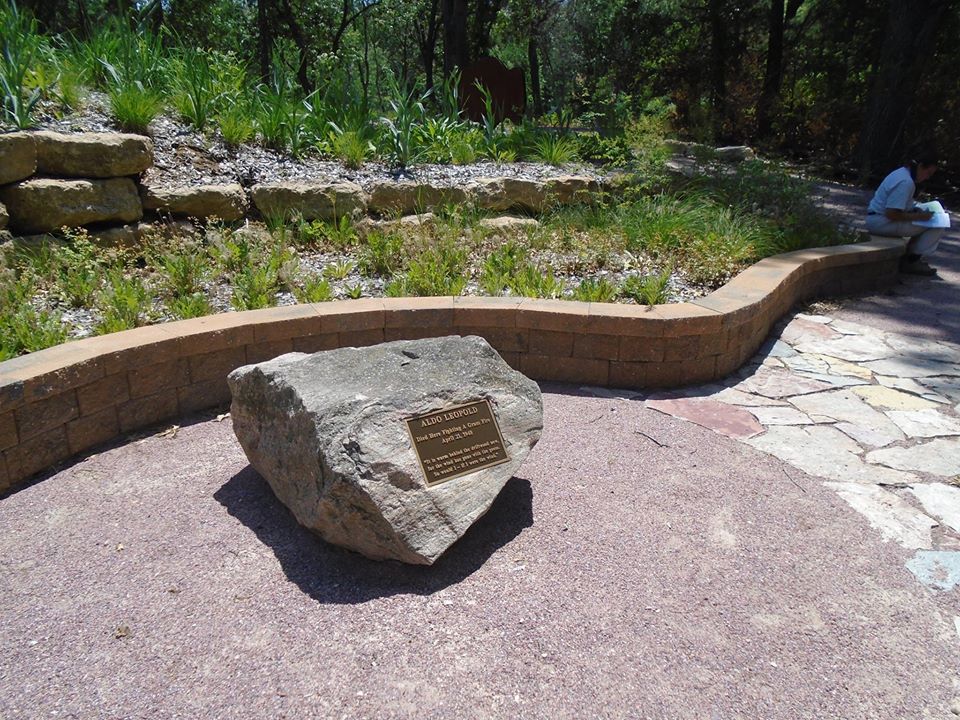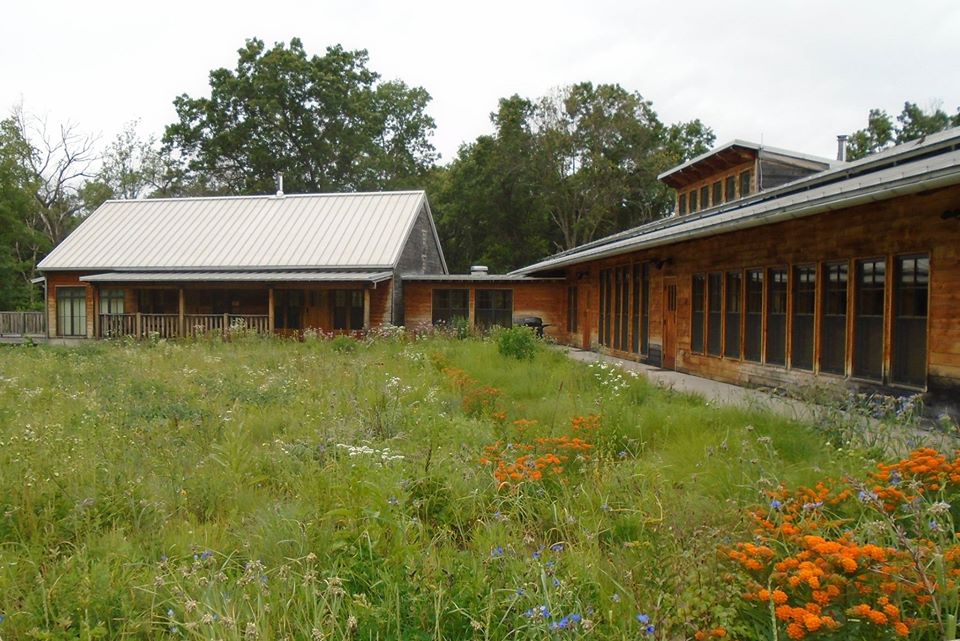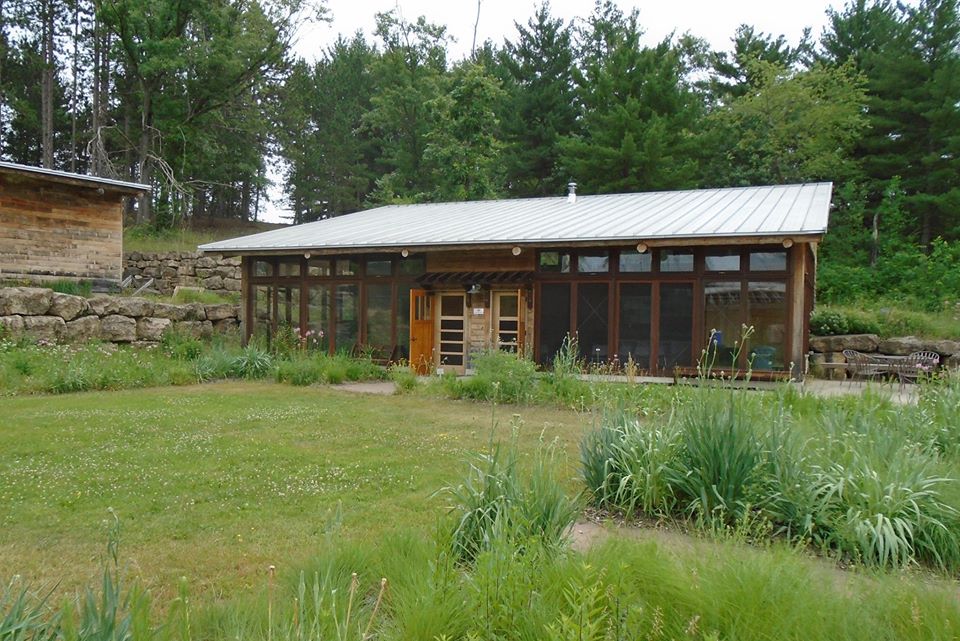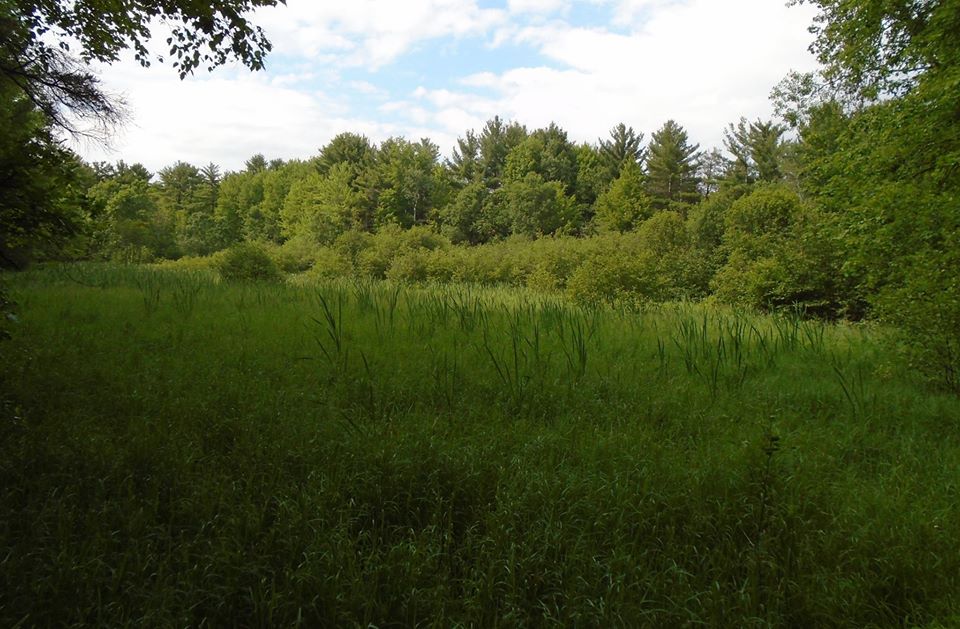 I bought this book as part of my self-help search for elegance – title seemed to fit. Let me first reiterated that elegance in science is not necessary like elegance in dress or manners. The two connotations share the idea of beauty, but the scientific beauty is its simplify and capacity to explain in the fewest steps where the addition of anything else is unnecessary and the subtraction of anything is impossible w/o compromising the integrity. An example is the Ptolemaic universe versus Copernican. The astronomer Claudius Ptolemy, who worked in Roman Egypt in the second century, deigned a system to explain the movement of planets and stars. The ancients did NOT believe the earth was flat but they did think it was the center of the universe. The Ptolemaic system did a decent job of prediction, i.e. it worked, and it remained the vision of the universe for 1500 years. The problem was that it was very complex. Because it was actually not describing the heliocentric reality, it required lots of what we would unscientifically call tweaks or exceptions to make it go. When the Polish scholar Nicolas Copernicus overturned the Ptolemaic system, putting the sun at the center of what we now call the solar system, his explanation was not materially better in its predictive or explanatory power, given the generally crude measurements available at the time, but it was much simpler. Simple is usually better.
I bought this book as part of my self-help search for elegance – title seemed to fit. Let me first reiterated that elegance in science is not necessary like elegance in dress or manners. The two connotations share the idea of beauty, but the scientific beauty is its simplify and capacity to explain in the fewest steps where the addition of anything else is unnecessary and the subtraction of anything is impossible w/o compromising the integrity. An example is the Ptolemaic universe versus Copernican. The astronomer Claudius Ptolemy, who worked in Roman Egypt in the second century, deigned a system to explain the movement of planets and stars. The ancients did NOT believe the earth was flat but they did think it was the center of the universe. The Ptolemaic system did a decent job of prediction, i.e. it worked, and it remained the vision of the universe for 1500 years. The problem was that it was very complex. Because it was actually not describing the heliocentric reality, it required lots of what we would unscientifically call tweaks or exceptions to make it go. When the Polish scholar Nicolas Copernicus overturned the Ptolemaic system, putting the sun at the center of what we now call the solar system, his explanation was not materially better in its predictive or explanatory power, given the generally crude measurements available at the time, but it was much simpler. Simple is usually better.Turns out that his is an interesting book with tangential connection to elegance in science. It is most a history of scientific discovery. In that sense, the book succeeds. It was interesting relearn the stories of the great scientists on whose shoulders we all stand. The stories do touch on elegance in science in that they usually involve the tale of an insight that makes simple some great complex mess and so leads to a leap of understanding.
You can arrive at a lot of conclusions the hard way or the easy way. Elegant is usually easier. When describing one tedious and inelegant solution, the author uses a line that I indent to appropriate. “… the only reason you wouldn’t go crazy going it is that you would need to be crazy already to start.”
After going through elegant insights from Archimedes to Watson and Crick, the book ends on a cautionary note. Elegance is usually better, but not always. Watson and Crick in fact went down a blind alley in their explanation of the genome because they detected an elegant solution that did not require a lot of “junk” on the genome. This junk was actually needed. The genome developed thorough evolution, through going to the “adjacent possible.” No organism would ever develop an eye, for example, since it would be of no use in that function for most of the eons required to develop it. Rather what became eyes developed from other characteristics useful for other things. You need a lot of junk around that can be recombined in different ways. And let’s the distinction between junk and garbage. Junk is valuable, potentially useful. You go to a junkyard to find parts of materials. They are not waste.
Anyway, he says, “The moral of this story is that it is fine to get pleasure from elegant theories and elegant experiments, and it is find to create such theories and do elegant experiments – but don’t get seduced by elegance: an elegant theory is not necessarily true. As the philosopher Peter Lipton put it: ‘The loveliest explanation is not necessarily the likeliest.’”


 This book is beautifully written. It is erudite & detailed in describing the wonders of the natural world. You realize that you are in the presence of greatness when you read Wilson’s words. All these things cleverly hide the fact that Wilson is wrong when he goes after what he calls the “new conservationists.” He very effectively proves, and demonstrates with stunning examples, that nature is complex and that humans do not now and probably never can adequately understand the relationships within even simple ecosystems. He goes on ostensibly to advocate humility when presuming to manage nature. So far, so good. But his attack on the “new conservationism” is an extrapolation not supported by the evidence Wilson presents.
This book is beautifully written. It is erudite & detailed in describing the wonders of the natural world. You realize that you are in the presence of greatness when you read Wilson’s words. All these things cleverly hide the fact that Wilson is wrong when he goes after what he calls the “new conservationists.” He very effectively proves, and demonstrates with stunning examples, that nature is complex and that humans do not now and probably never can adequately understand the relationships within even simple ecosystems. He goes on ostensibly to advocate humility when presuming to manage nature. So far, so good. But his attack on the “new conservationism” is an extrapolation not supported by the evidence Wilson presents.





